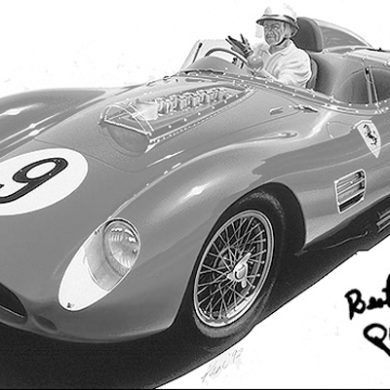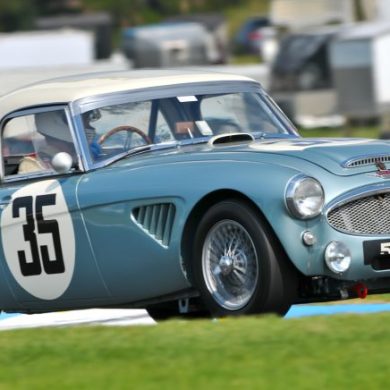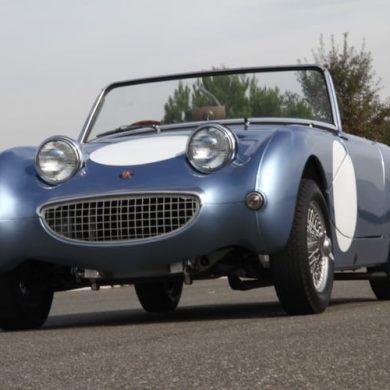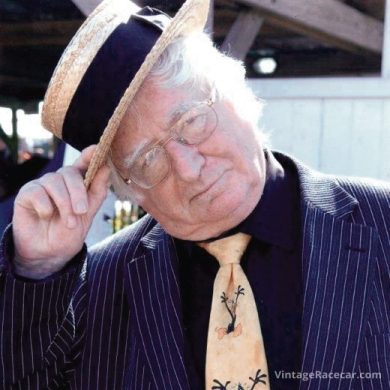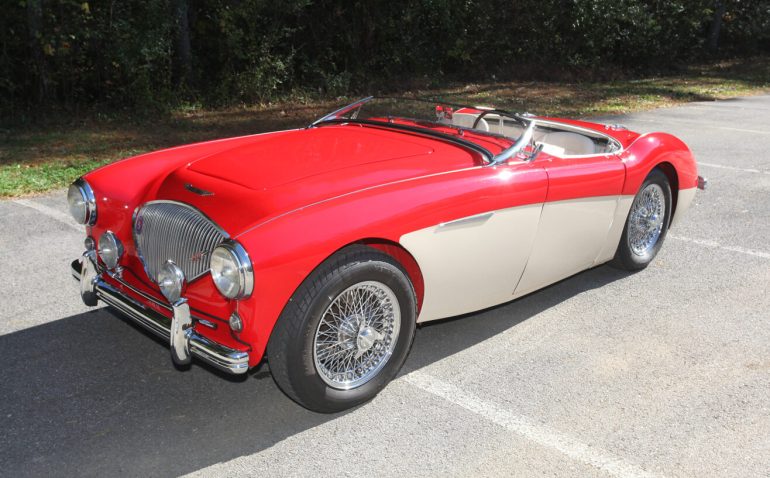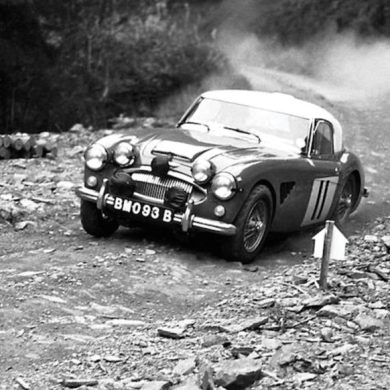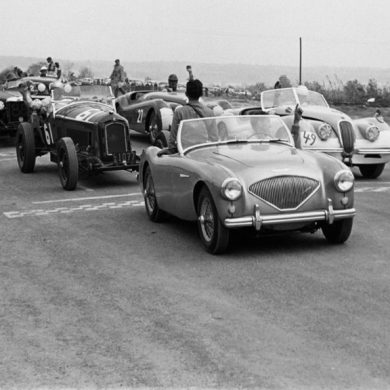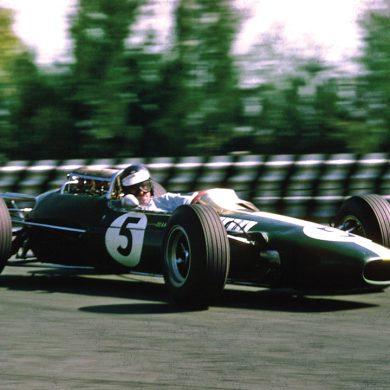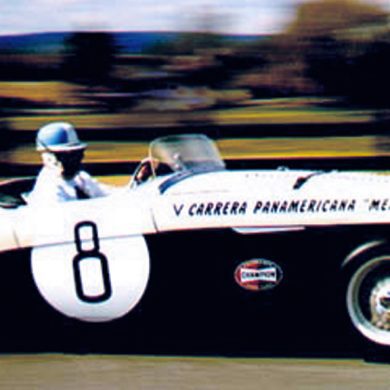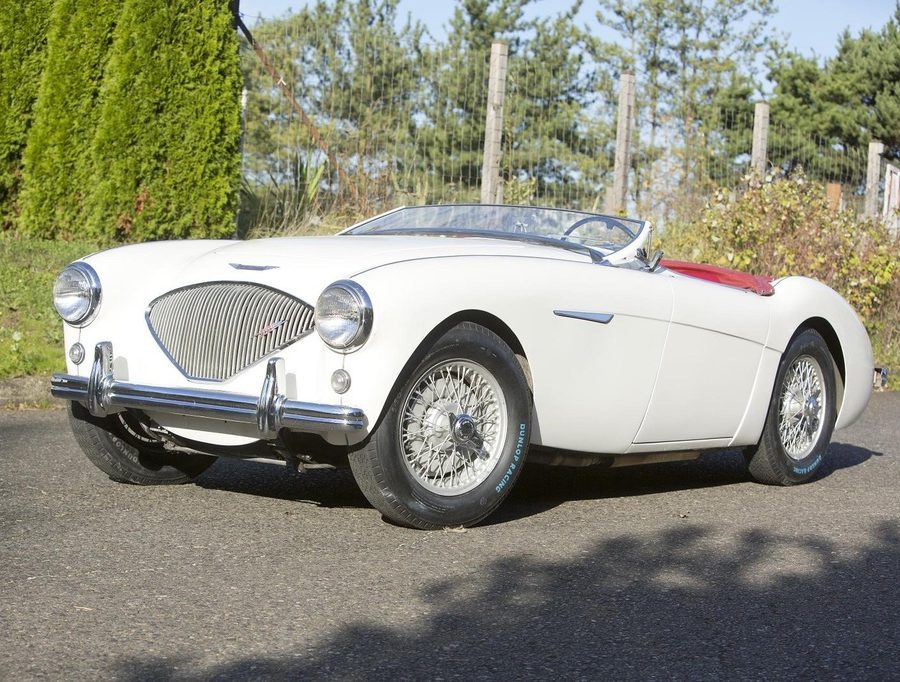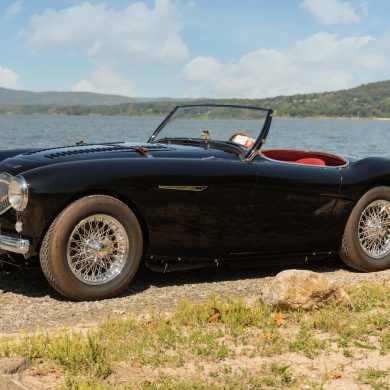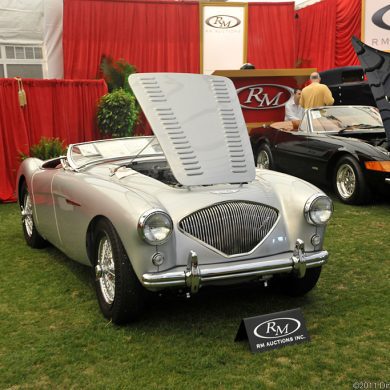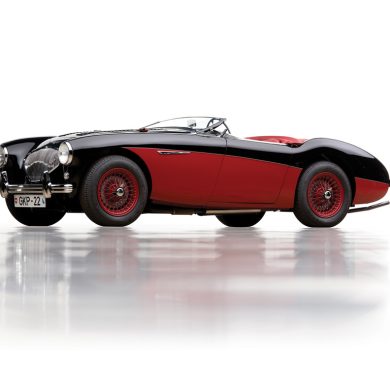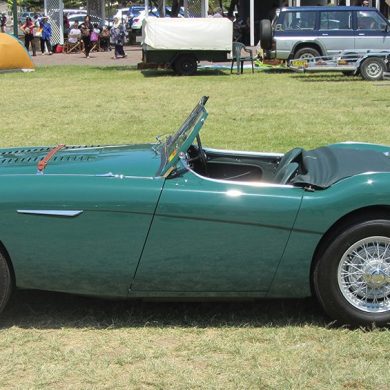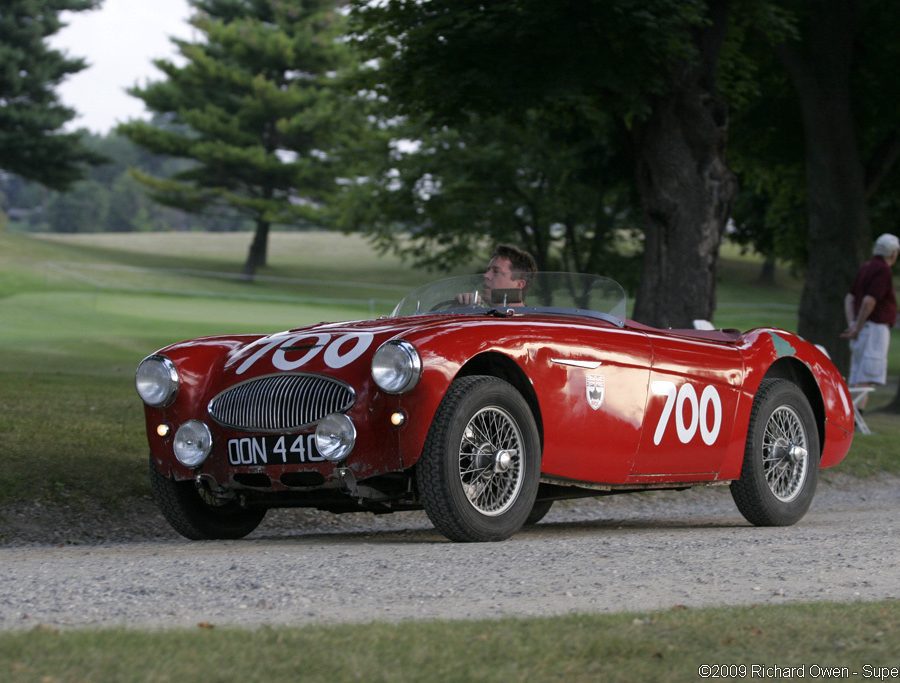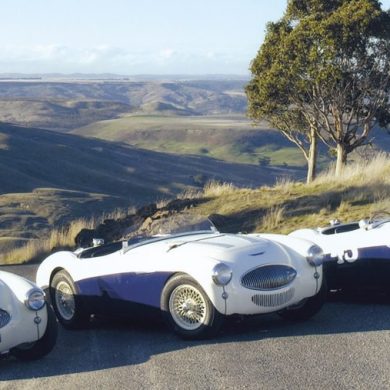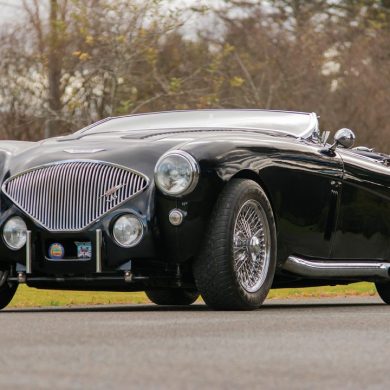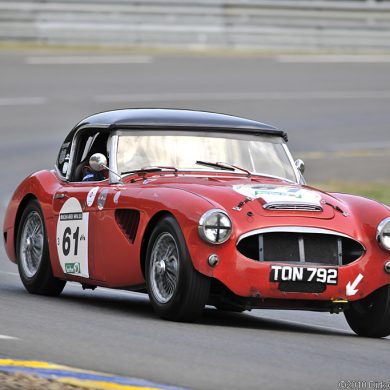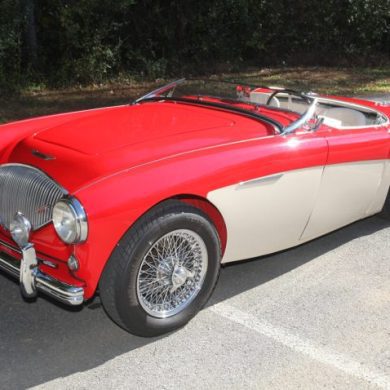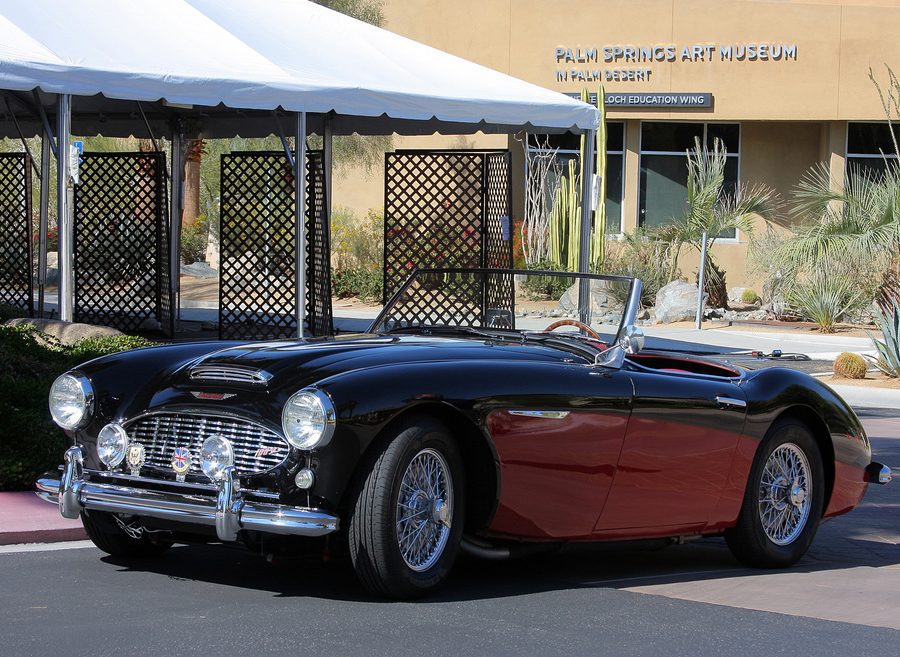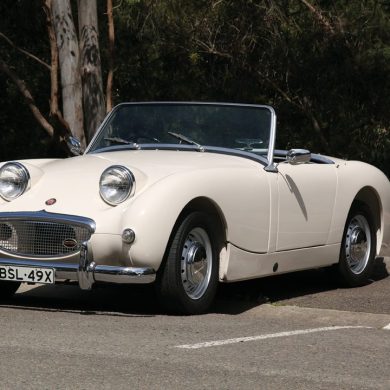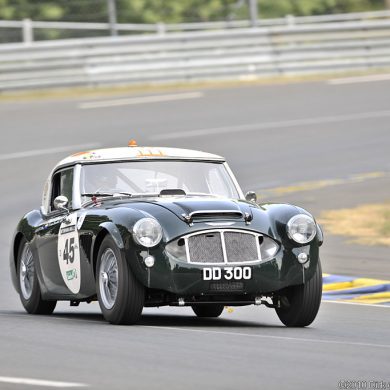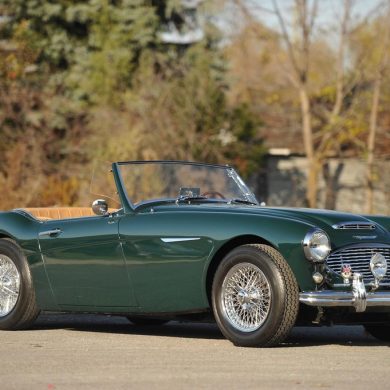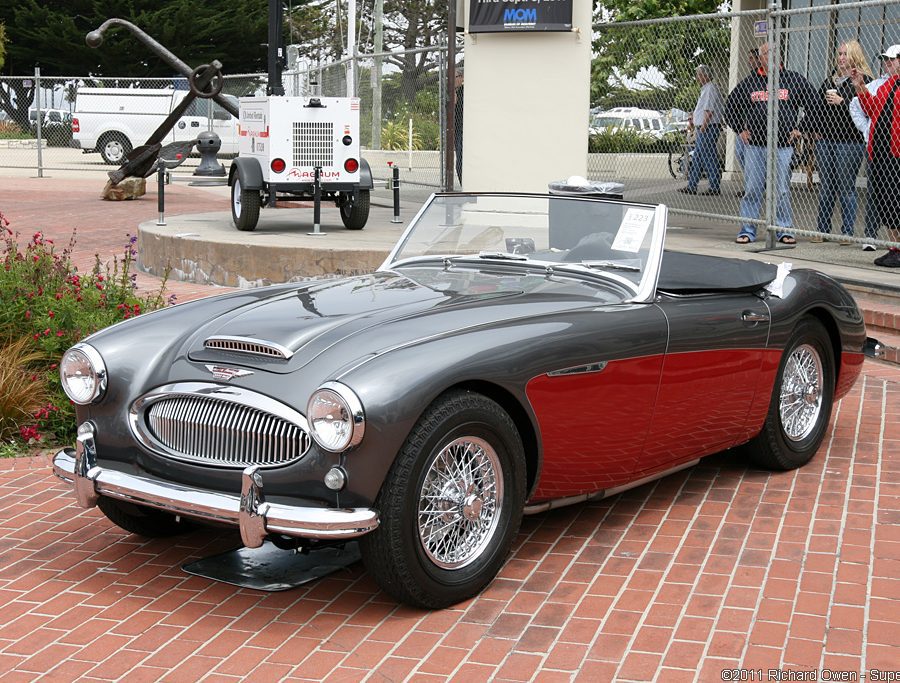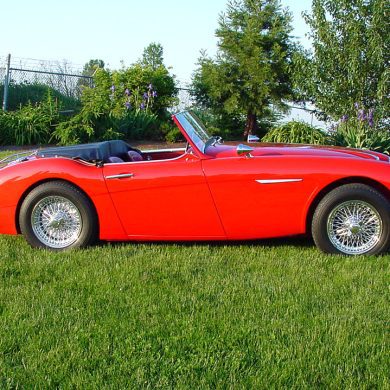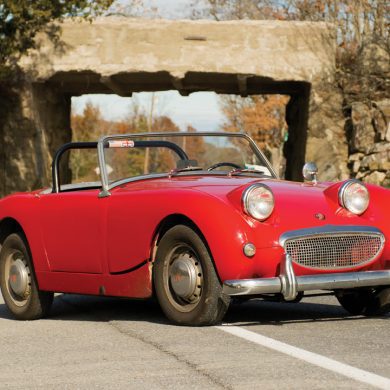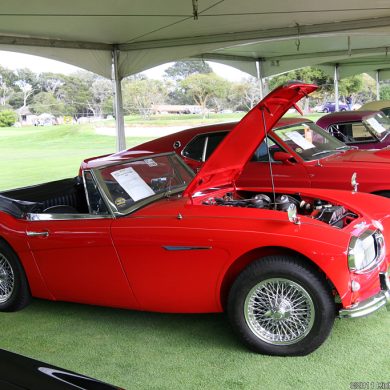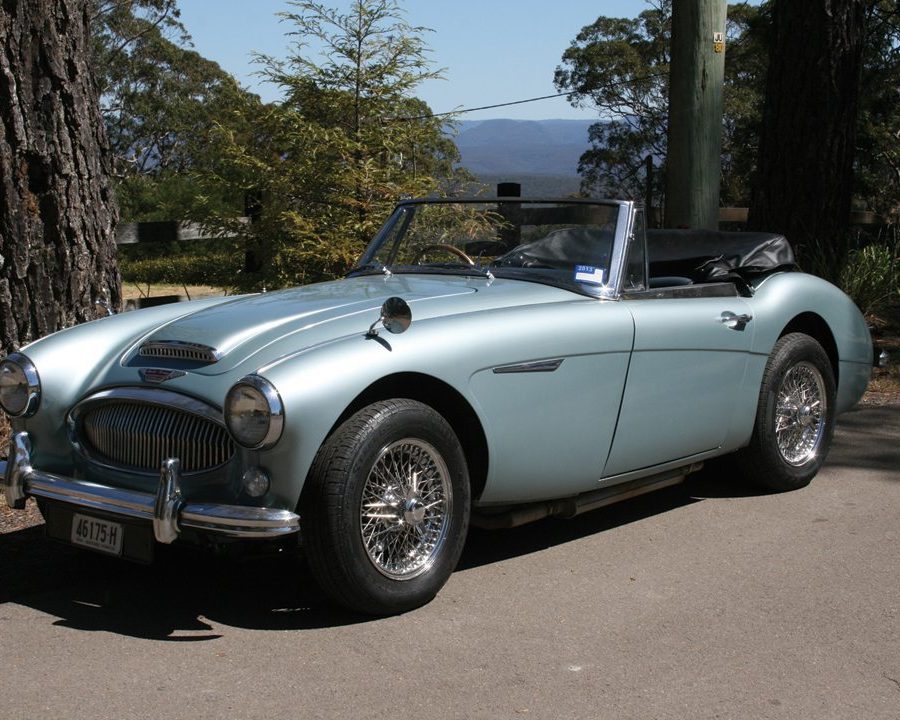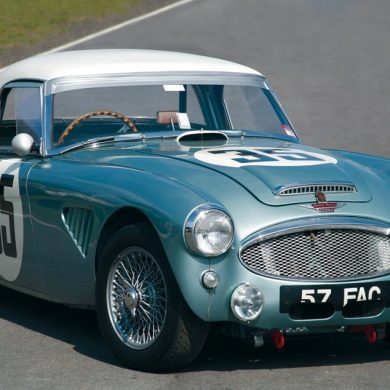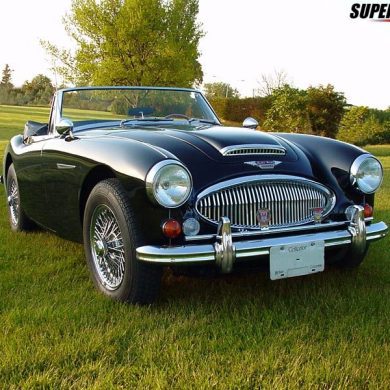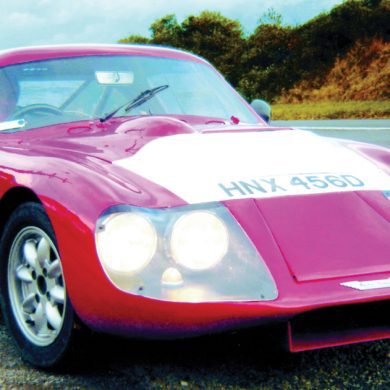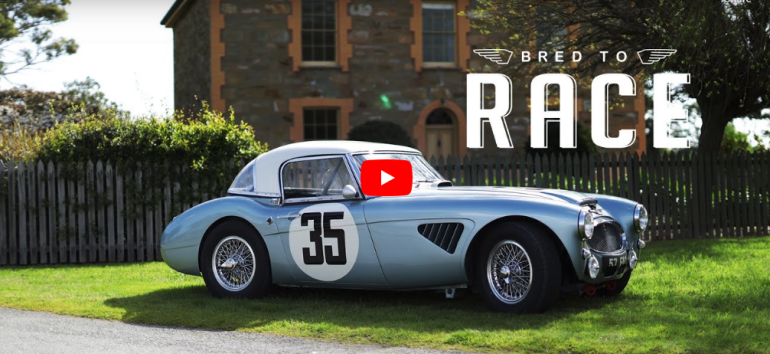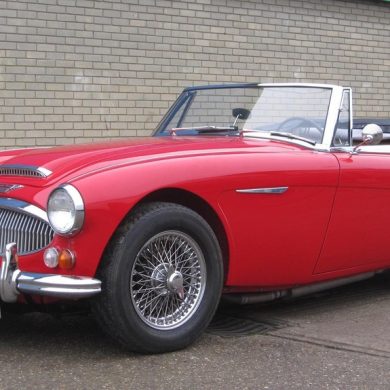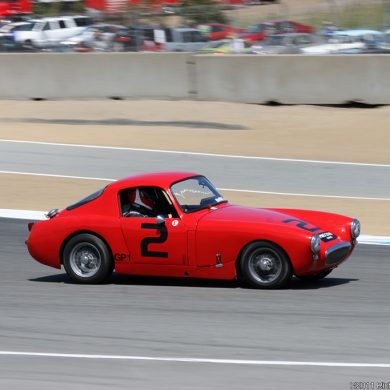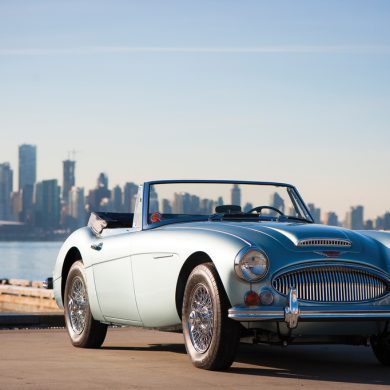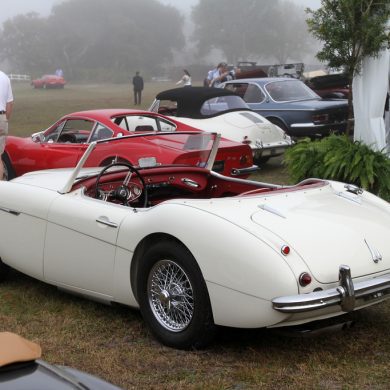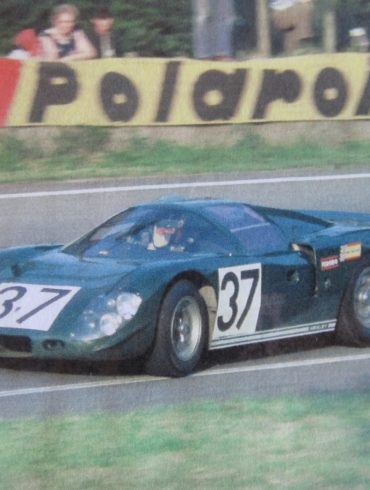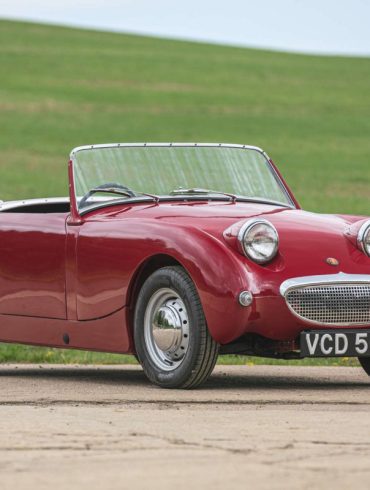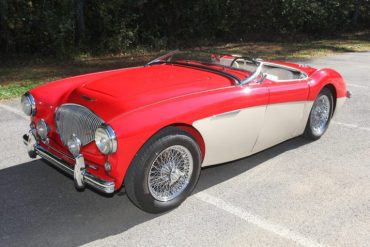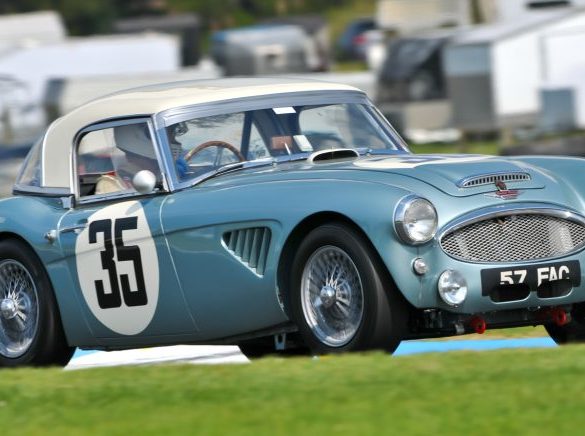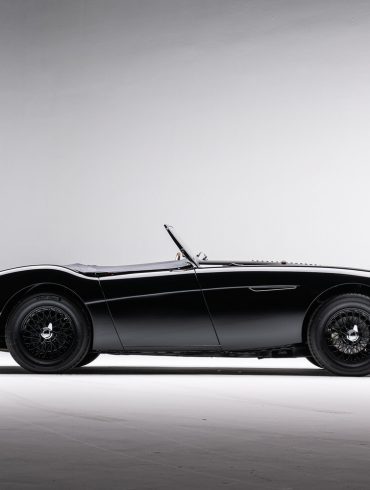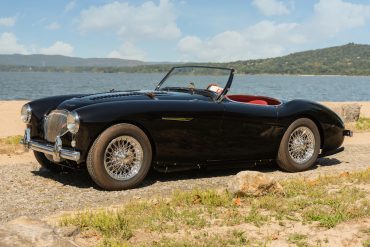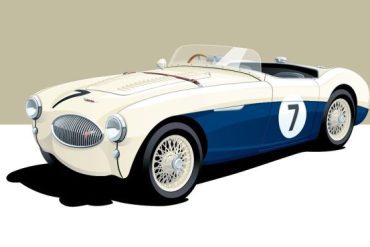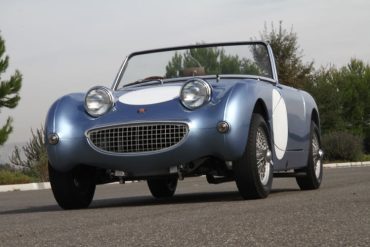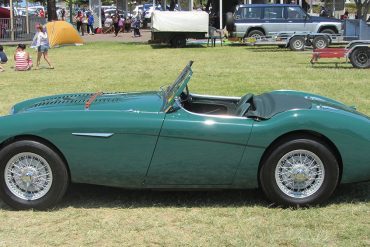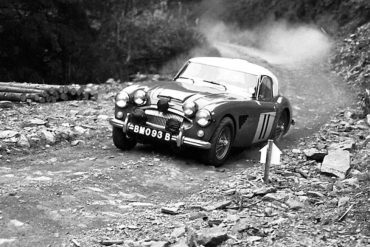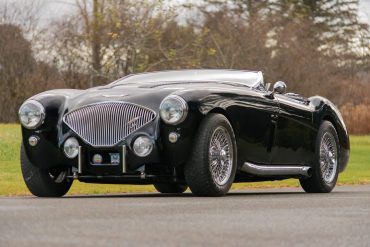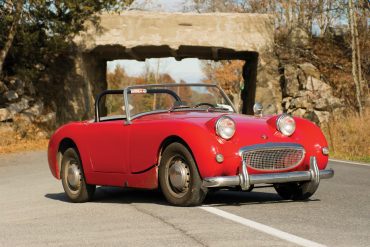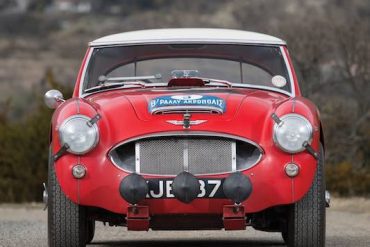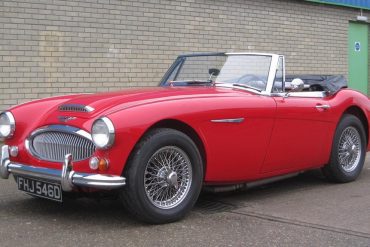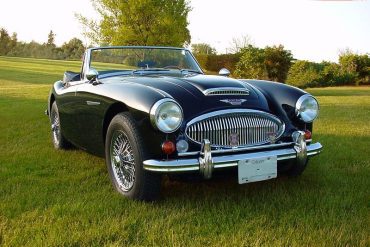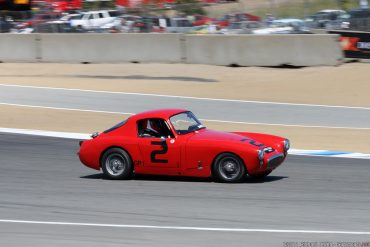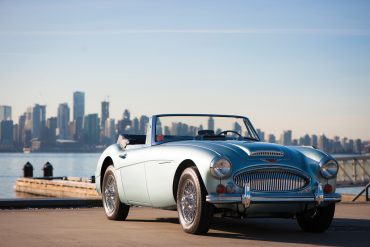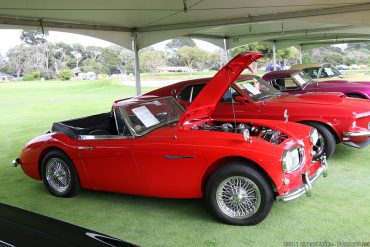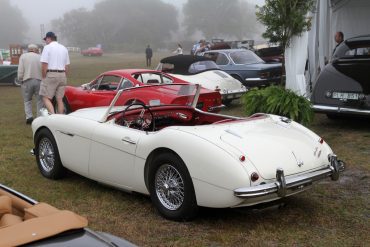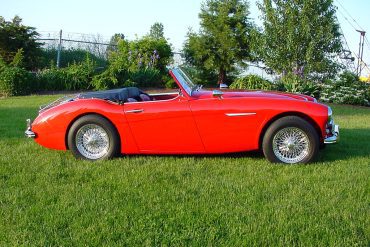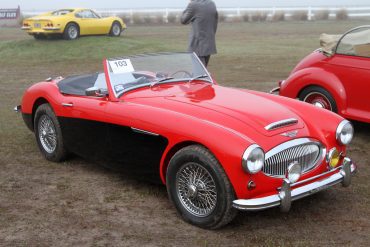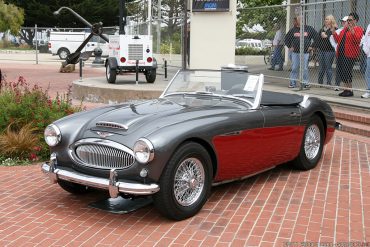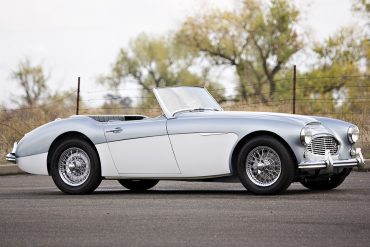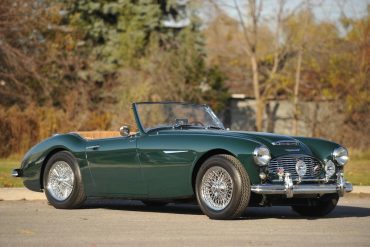
Austin-Healey
Research, History, Reviews, Media & More
News & Updates / Models / Featured Stories / Videos / Images
Austin-Healey: A British Sports Car Icon
In the annals of British automotive history, few names resonate as strongly as Austin-Healey. Known for producing stylish and performance-oriented sports cars, Austin-Healey became a symbol of 1950s and 1960s motoring. This blog post explores the brand's rich history, the vision of its founder, the iconic models that defined an era, and the milestones that cemented Austin-Healey’s place in the automotive world.
The Visionary Founder: Donald Healey
The story of Austin-Healey begins with Donald Healey, a man whose passion for cars and engineering would lead to the creation of one of the most beloved sports car brands in history. Born in 1898 in Cornwall, England, Healey's early career was marked by a fascination with aircraft engineering and a successful stint as a rally driver. His experiences behind the wheel and his technical expertise eventually led him to establish the Donald Healey Motor Company in 1945, with the goal of creating high-performance cars that could compete on the world stage.
Healey's company initially produced a variety of vehicles, including the Healey Silverstone, a lightweight, agile sports car that garnered attention for its racing capabilities. However, it was his collaboration with Leonard Lord, then managing director of the Austin division of the British Motor Corporation (BMC), that would propel Healey’s vision to new heights.
The Birth of Austin-Healey: A Powerful Partnership
The Austin-Healey brand was born in 1952 as a result of a strategic partnership between Donald Healey and Austin. The collaboration aimed to produce a range of affordable sports cars that combined the engineering prowess of Healey with the manufacturing capabilities of Austin. The first fruit of this partnership was the Austin-Healey 100, which debuted at the 1952 London Motor Show.
The Austin-Healey 100 was an instant success, celebrated for its sleek design, powerful performance, and accessible price point. It featured a 2.6-liter four-cylinder engine capable of reaching 100 mph, which is where the model got its name. The success of the 100 set the stage for a series of models that would further solidify Austin-Healey's reputation as a maker of high-performance sports cars.
Iconic Models: The Big Healeys and the Sprite
Austin-Healey’s lineup can be broadly categorized into two groups: the "Big Healeys" and the smaller Sprite.
The Austin-Healey 100 (1953-1956):
The original model in the series, the 100 was known for its simplicity and performance. It was designed to be a car that an enthusiast could easily service themselves, yet it delivered serious sports car performance.
The Austin-Healey 100-6 (1956-1959):
This model introduced a six-cylinder engine, replacing the original four-cylinder. It also featured a longer wheelbase and optional 2+2 seating, making it more practical for those looking for a bit more comfort without sacrificing speed.
The Austin-Healey 3000 (1959-1967):
Perhaps the most famous of the Big Healeys, the 3000 featured a 2.9-liter six-cylinder engine and was available in both two-seater and 2+2 configurations. The 3000 became a dominant force in rally racing, securing numerous victories and earning a reputation as a rugged, high-performance machine.
The Austin-Healey Sprite (1958-1971):
The Sprite was a smaller, more affordable model designed to appeal to a broader market. Its most famous iteration was the Mark I, known as the "Frogeye" Sprite in the UK (or "Bugeye" in the US) due to its distinctive, bulging headlights. The Sprite was lightweight, nimble, and a joy to drive, making it a favorite among amateur racers.
Special Milestones and Achievements
Austin-Healey’s legacy is marked by several significant milestones and achievements:
Record-Breaking Speed: In 1954, an Austin-Healey 100 set a production car speed record of 132.81 mph at the Bonneville Salt Flats. This achievement was later surpassed by a modified version of the car, which reached speeds over 192 mph.
Rally Dominance: The Austin-Healey 3000 was a force to be reckoned with in the world of rally racing, winning prestigious events like the Liège-Rome-Liège Rally and the Austrian Alpine Rally in the early 1960s. Its combination of power, durability, and handling made it a favorite among rally drivers.
Hollywood Fame: The Austin-Healey 3000 became an icon of 1960s style, often appearing in movies and TV shows. Its presence in pop culture helped solidify the brand's reputation as a symbol of British automotive excellence.
End of Production: The partnership between Austin and Healey ended in 1972, marking the end of the Austin-Healey brand. The last model produced was the Sprite, which had continued to evolve over the years.
The Enduring Legacy of Austin-Healey
Though Austin-Healey ceased production over five decades ago, its cars remain highly sought after by collectors and enthusiasts. The brand's blend of style, performance, and engineering excellence continues to captivate the imaginations of car lovers around the world. The Austin-Healey 3000, in particular, is considered one of the most desirable classic British sports cars, often fetching high prices at auctions.
Moreover, the influence of Austin-Healey’s design and engineering can still be seen in modern sports cars, with many automakers drawing inspiration from the brand's emphasis on driving pleasure, simplicity, and performance.
Austin-Healey is more than just a name; it is a symbol of an era when sports cars were pure, unfiltered expressions of speed and style. From the visionary leadership of Donald Healey to the iconic models that left an indelible mark on automotive history, Austin-Healey remains a cherished part of the motoring world. Its cars, whether tearing up a rally stage or cruising down a country road, continue to embody the spirit of British sports car excellence.
Austin-Healey Company Basics
Austin-Healey was a British sports car maker established in 1952 through a joint venture between the Austin division of the British Motor Corporation (BMC) and the Donald Healey Motor Company (Healey), a renowned automotive engineering and design firm. Leonard Lord represented BMC and Donald Healey his firm.
BMC merged with Jaguar Cars in 1966 to form British Motor Holdings (BMH). Donald Healey left BMH in 1968 when it merged into British Leyland. Healey then joined Jensen Motors, which had been making bodies for the "big Healeys" since their inception in 1952, and became their chairman in 1972. Austin-Healey cars were produced until 1972 when the 20-year agreement between Healey and Austin came to an end.
Did You Know?
Austin-Healey was a joint venture between the Austin division of the British Motor Corporation (BMC) and the Donald Healey Motor Company, established in 1952. The partnership was formed to create a range of affordable, high-performance sports cars.
The Austin-Healey 100, 100-6, and 3000 models are often referred to as the "Big Healeys" by enthusiasts, due to their larger engine sizes compared to other British sports cars of the era.
In 1954, an Austin-Healey 100 set a production car speed record of 132.81 mph at the Bonneville Salt Flats. A modified version of the car, known as the "Streamliner," later reached speeds of over 192 mph.
The Austin-Healey Sprite, introduced in 1958, is affectionately known as the "Frogeye" in the UK and the "Bugeye" in the US due to its distinctive protruding headlights. This design was originally intended to have retractable headlights, but due to cost constraints, they were fixed in place, giving the car its quirky appearance.



